Etienne Bauer, The Rafale Pilot Who’s Testing The IWC Big Pilot’s Watch Shock Absorber XPL On The Field
The most technically-advanced IWC Pilot's Watch is up there, in the sky!

Sometimes our watch-related jobs can lead us to meet fascinating people and to be part of extraordinary experiences. A few weeks ago, I had a phone call from IWC‘s headquarters, which could be summarized this way: “Do you remember that innovative Big Pilot’s Watch Shock Absorber XPL?… Of course, I do! Well, we have one out there into the wild that is currently on the wrist of a French Aéronavale pilot, flying on Rafale, for a series of tests. Do you want to meet with him? Ps. you’ll be able to see the planes in action.” And the rest is me jumping like a kid, packing my camera gear and driving to the Landivisiau Naval Air Base in French Brittany, on my way to meet Commander Etienne Bauer, a pilot for the Aéronavale (the French naval aviation), to see how exactly the most technically-advanced (and honestly, the most badass) IWC Pilot’s Watch, the Shock Absorber XPL, was tested. And I was surprised to discover a man that is not only a trained military but also quite a watch enthusiast.
If there was still any doubt regarding the relevance of IWC’s pilot’s watches as true flight instruments, my encounter with Etienne will certainly give you a clear idea of the reality behind some of these watches. As you’ll see, there are 2 watches we’ll discuss in this interview. First is a rather special edition of the IWC Pilot’s Watch Automatic Top Gun, a watch that has been made specifically for the pilots of the French Aéronavale. Not many might know that, but indeed IWC provides military and civilian pilots with dedicated watches. And Etienne’s watch, a black ceramic model with a black dial, not only has his squadron’s emblem on the dial, but it’s his daily watch. He does wear this IWC as part of his standard equipment, a mechanical backup that won’t be forgotten before entering his Rafale’s cockpit.
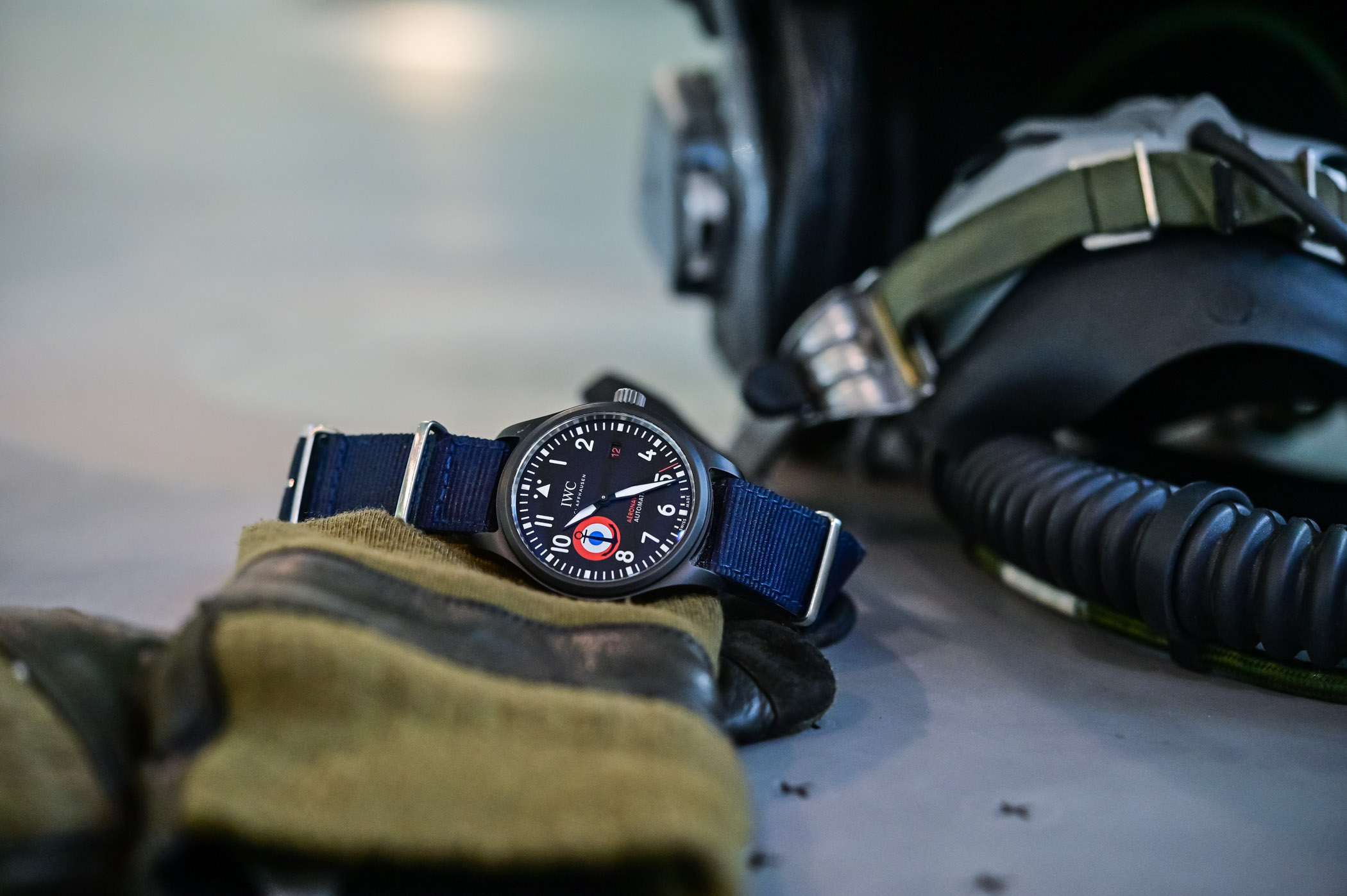
The second watch we’ll discuss is something far more exclusive, the Big Pilot’s Watch Shock Absorber XPL – or what Xavier named “the Big Pilot that has never been more combat-ready.” Created by the brand’s Experimental Engineering Team, and verified by the Cavendish Laboratory and the University of Cambridge, this model is capable of resisting shocks in excess of 30,000Gs – thanks to a movement suspended inside the case by the mean of a mathematically calculated BMG bulk metallic glass spring (the gold-coloured element surrounding the movement). Even the crown isn’t classically connected to the movement when disengaged, since it uses a clutch-based flexible coupling. But the Big (pun intended) question when having this Big Pilot’s Watch Shock Absorber XPL done and ready is… what do you do with it? Well, you call one of your so-called “friends of the brand” with an occupation that is slightly different from your classic desk-job – for example, a fighter pilot flying on one of the most advanced planes, a Rafale – and you ask him to take this watch with him during missions and to write a report on the kind of forces it had to withstand.
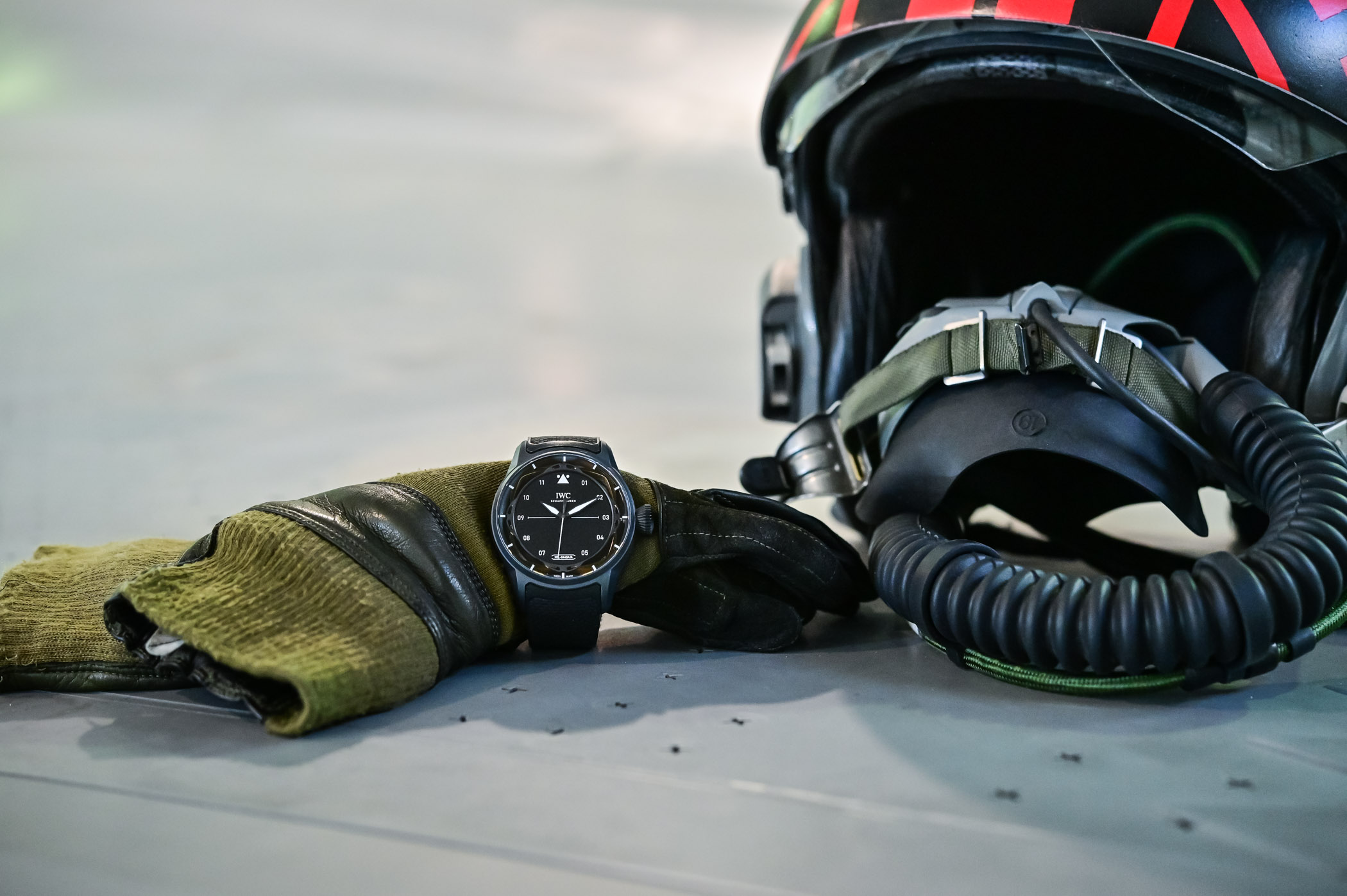
So, now that we’ve done the background, let’s talk with Commander Etienne Bauer, a pilot for the French Aéronavale, flying on Rafale (and other planes) for several years now, about his job, what it is to be such a pilot, how you train on a daily basis and everything about time, watches, and how these are still an important element of a pilot’s standard equipment.
Brice Goulard, MONOCHROME – Etienne, could you introduce yourself?
Etienne Bauer – I am Commander Etienne Bauer. I am currently the deputy director of operations at Landivisiau Naval Air Base. I have been in the French Navy for more than 20 years, spending 15 of those as a fighter pilot in Super Etendard aircraft, then in Rafale.
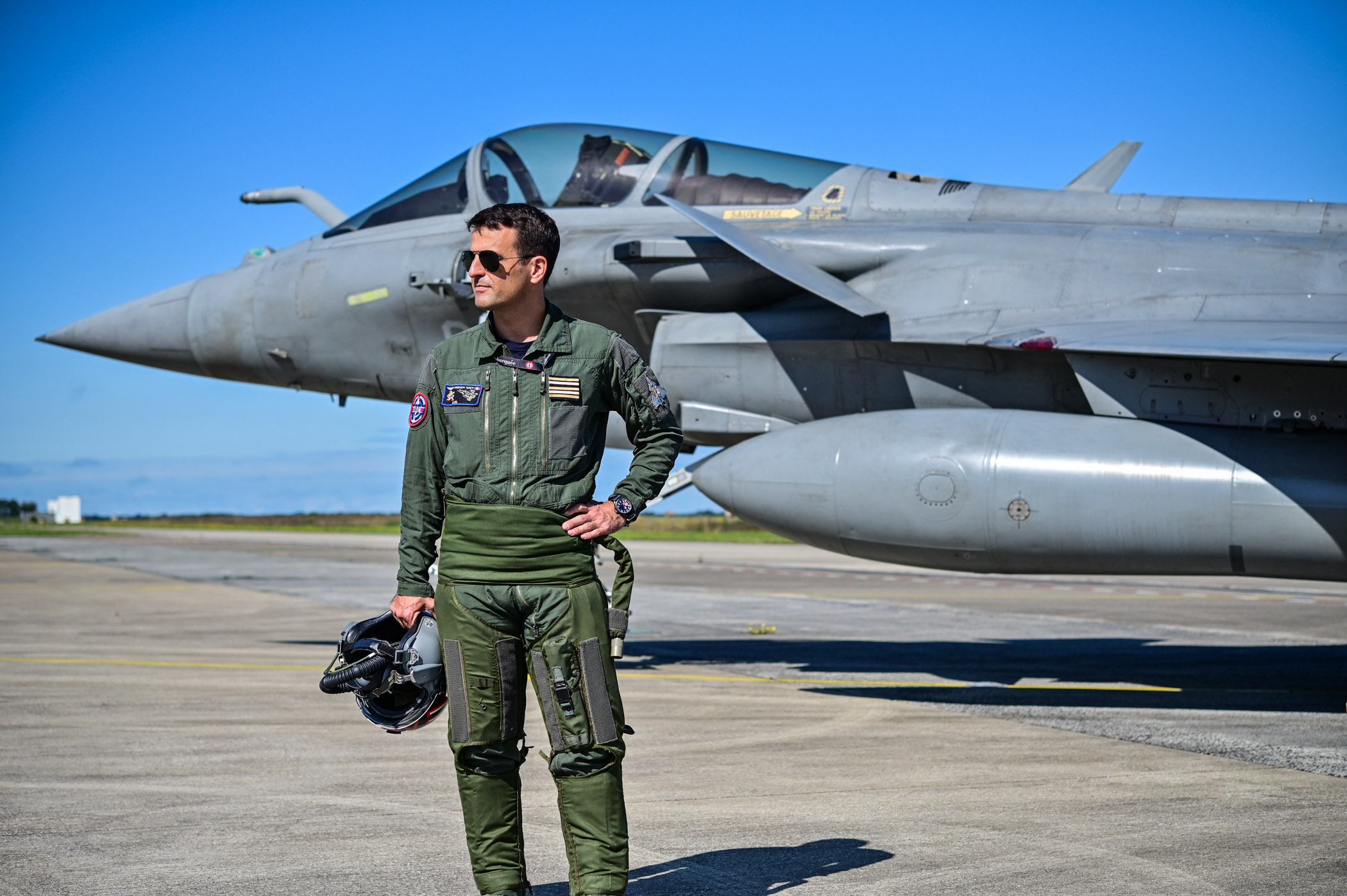
What is the difference between naval aviation and the air force? People often get them confused…
Naval aviation is an arm of the navy which works in parallel with the air force on specific missions. As naval aviation fighter pilots, we operate Rafale Marine aircraft, posted on-board the aircraft carrier, the Charles de Gaulle. The air force operates out of its land bases; we operate from Landivisiau, and from aircraft carriers during operational missions.
Do you work alongside one another?
Yes, there is a lot of crossover. Some of our training program is shared. We also have the air force’s fighter pilots come to us, as we send our fighter pilots to them for exchanges of around two years in duration. We train in the US Navy, so we are fighter pilots like our American friends. We have points in common with the air force, but also with the Navy, which is where our expertise lies.
Would you say that you are a seaman first, and a fighter pilot second?
Yes, that’s right. We call ourselves the “sailors of the sky”.
How do you become a fighter pilot? Training aside, what makes you say to yourself “I am going to become a fighter pilot”, and what is the career path?
You must have a passion for aviation; first and foremost, you must really want to fly. As for me, when I was younger, I wanted to be a fighter pilot. Later on, I discovered aircraft carriers. I wanted to do that because it really is the ultimate, the absolute pinnacle.
In terms of career path, fighter pilots come via two main routes. There are those who join the navy straight out of school via a selection process, and there are those with a similar career path to me, who join the naval academy after sitting an exam, and firstly become a naval officer, and then a pilot.
We know that Top Gun is not a realistic depiction of what a fighter pilot does… What does your work actually consist of? What is a typical day?
A fighter pilot has two lives. A life on land, at Landivisiau, where training takes place. Every day, the pilots will have a flight or simulator session scheduled. So, they prepare, execute and debrief training missions. Alongside this, the pilots have missions on the ground, because, today, all pilots are also officers. They take on a variety of tasks. They write documentation, manage personnel, perform an annual assessment of their troops, technicians, etc… The pilot works for them. Pilots also perform this work onboard the aircraft carrier. Five months of the year, pilots are stationed onboard the Charles de Gaulle, and their days are similar to those spent on land. This means one flight each day, and managing the personnel on board. Of course, there are sometimes external operations to perform; when this happens, less time is spent on internal tasks, as the pilot focuses fully on the role, with missions of varying length on board the aircraft carrier.
We train a lot. I can’t emphasise this enough. A pilot will train every day. The base never closes; training flights for pilots start every single day at eight in the morning and carry on late into the evening. Day and night.
Now that you have become an instructor, you are passing on your knowledge to the next generation. Do you no longer carry out operational missions?
Yes, I am in the second circle now. I teach and prepare for the future. I teach technical aspects and, at the same time, I pass on all my knowledge and experience. I can give young pilots the benefit of my experience to ensure they are fully prepared and can be the best.
So, the career of a pilot only lasts about fifteen years?
Yes, I was a fighter pilot for 15 years. I was approaching the end, in mechanical terms. We often ask ourselves: “is there an age limit?”, and no, there isn’t. We have careers that evolve, performing roles that evolve. It is the mechanical side of the role that makes us step back from the actual aircraft at the end of our career.
Do you think you will continue to fly?
Yes, I will continue to fly, as it is something I really enjoy. It gets me away from my desk on the ground, and into my desk in the sky. Even during quite an intense training flight, flying a fighter plane always gives you these moments of pleasure deep inside. Flying a single-seater allows you to find yourself.
Is the child who dreamed of planes still there?
You cannot do this job unless you are driven by this passion. I think it would be impossible. When I hear the sound of planes passing overhead, my eyes automatically scan the sky for them. I cannot not look.
What does a fighter pilot’s training consist of? What mental training is provided?
Basic training is required to understand how to pilot the aircraft. After this, training is supplemented with what we call “tactical” training. We take on missions. By “mission”, I mean types of mission. These can be air defence missions, or ground attack missions. The goal is to be able to do everything, and to switch with ease between them. Then, you need to be in good physical condition, but there are no supermen. A fighter pilot is not superhuman, let me bust that myth. We don’t spend all day lifting weights in the gym, but we need to stay in good shape. One of the key points is endurance. Why? Because missions are sometimes long, with a high level of physical engagement, and then we have to go again. Every day, we must be ready to get up in the morning and fly. We need to be rigorous with our lifestyle, as we can’t turn up tired. In an office job, you can say “OK, I’m tired today. I’ll do better tomorrow”. A pilot can’t. If you are flying a plane, you need to be at your sharpest. The mental preparation takes different forms. I need to prepare for the mission, for the flight, to ensure that my mind is as alert and active as possible when I fly. Then, I also need to put any worries out of my mind when I am flying. Your personal life needs to be in order to ensure that you are fully available and that your mind is 100% on your mission, rather than elsewhere. On land, of course, but also when you head off for several months to train on board the aircraft carrier, you need to be fully available for the mission.
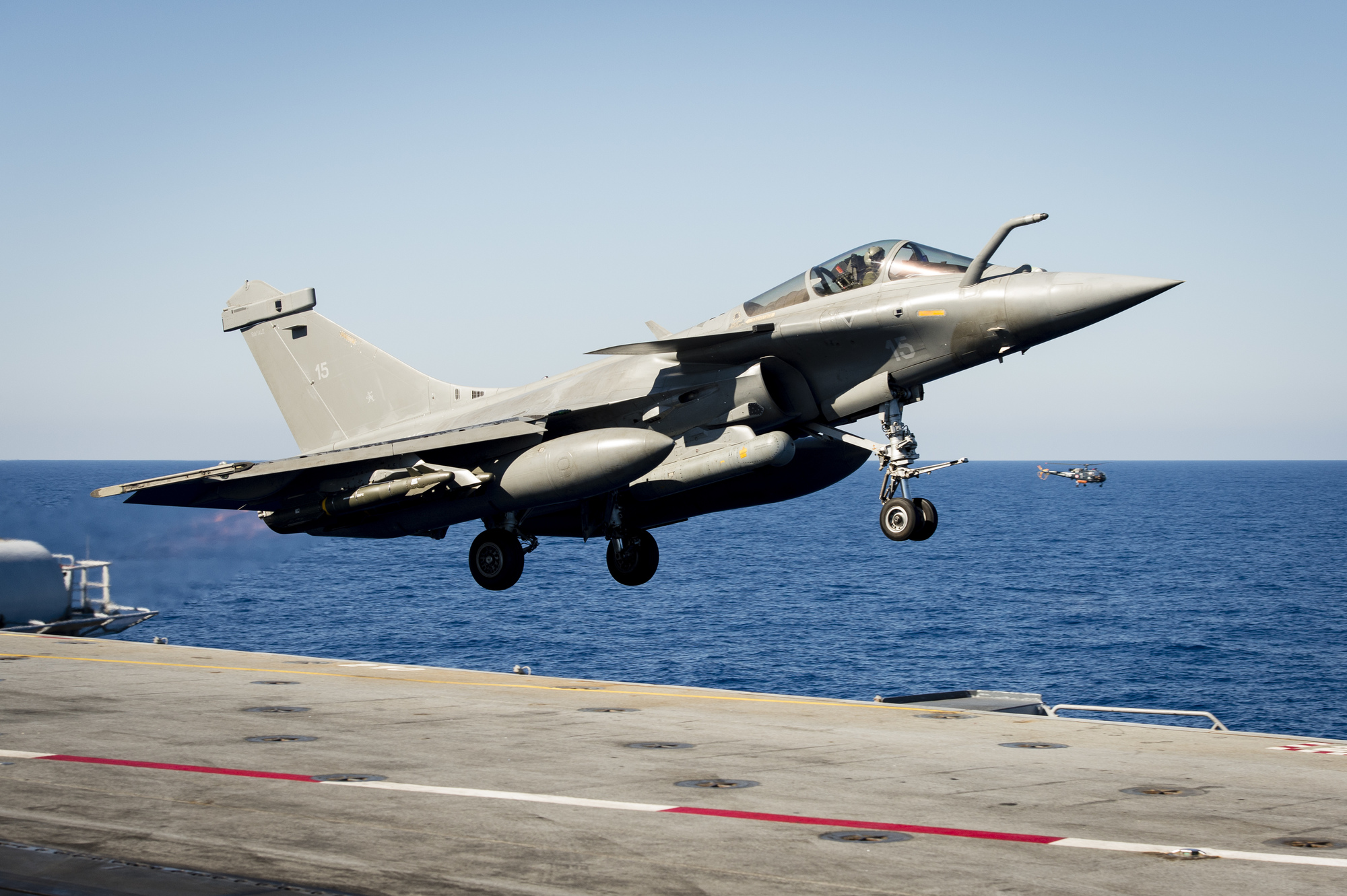
At the moment, you are flying the Rafale, but you started with other planes… What did you start off flying?
I started to fly very early, before I even joined the navy. I started when I was fourteen. Back then, my father gave me the choice of a scooter or flying lessons. Of course, I chose flying. At the weekends, I had several hours of flying time. It fed my passion. So, I started with small private planes, a peaceful introduction. After this, I started military training: The first planes were turbine jets, then in the United States I was flying craft like the T-45. Then, I came back to France at the end of my training. I started by flying the Super Etendard for ten years. It is an aircraft that I have great affection for, as it is quite an old model; it has a slightly rustic single-engine design, with analogue dials, but it never let me down. It is not flown anymore. For five years, I flew the Rafale, which is the ultimate aircraft, the one which every pilot dreams of flying, because it flies so beautifully. This fine craft can do everything and its performance is extraordinary.
About the Rafale: What do you think is special about it? What makes it better, and more complex?
It is great because it is so easy to fly. A joy to handle, with ergonomics that immediately put you at ease; there are lots of buttons but it really is an intelligent craft. It is also a sound craft. It is able to land on the deck of an aircraft carrier, which is a very special feature compared to many other planes. Aside from that, it provides the pilot with a lot of information. Pilots need to be able to filter all of this information, so it takes a lot of cognitive resources to fly. To be able to fly, you need to be able to manage highly complex information. There are a lot of elements to understand, in a situation where you are already travelling at high speed; this information must be absorbed and understood, and the plane manoeuvred accordingly.
Is there one point that makes it superior to other planes… If so, what is it?
Its key superiority is its ability to synthesise information. It has a central screen that collates all the signals from all the sensors. The aircraft itself is able to synthesise these and provide elements from the various systems. It is also colour-coded, which is very aesthetically pleasing to the pilot. It really is a delight.
And in combat, compared to other aircraft?
In this respect, it is amongst the best in the world. Maybe not the best overall, but it is a good all-rounder. In all flight envelopes.
What is the difference between a runway and an aircraft carrier?
A runway is made of concrete and is several kilometres long. An aircraft carrier runway is metal, shifting on the sea, and just 265 metres long. Physically, it is a completely different challenge to take off from a moving point on the sea, that you have to relocate, and then land on, compared to manoeuvring on a completely static runway. Landing on the deck really is a challenge; the mission is only complete once you have landed safely on the vessel. Unlike on land, where you can relax once you are returning to base, working on an aircraft carrier requires you to remobilise. Landing on deck is never the same twice; you have to re-evaluate the situation every time. The sea is always different, and so are the conditions.
What makes a good pilot?
The saying goes that there are no good pilots, only old pilots. The qualities a pilot needs are endurance and the ability to reassess constantly. We have a briefing culture, more so than in any other sector. We debrief after every mission on the aircraft carrier; the landing signal officer debriefs us systematically after landing. Every day we need to reassess ourselves. What did I do well, what could be better. So, every day, we need to move forward like that. A fighter pilot cannot ever say that nothing is going to happen to him or her. So, pilots must train continually, every day.
At a fateful point during a mission, what does a good pilot need to do? A pilot making the right decision?
To make the right decision, you need to be adequately trained. Everything else needs to be ingrained and automatic, so that your brain does not need to think about flying, it can be totally free to take key decisions during the flight. The pilot needs to have a sufficiently broad understanding of the situation to be able to see it in its totality. This is why we have daily training and constant debriefing. This prepares the brain to manage the situation and to do so routinely.
In an aircraft, you are constantly making decisions. You need to ascend, descend, manoeuvre… These decisions must have been taken repeatedly. These small decisions must not be difficult to make, so that the real decision, the really important one – when to fire and when not to fire – is completely clear.
We say that a disciplined pilot is a smart pilot. These pilots are predictable, meaning the rest of the team knows what they will do. This is more valuable than a pilot with great technical ability. Although a fighter pilot is flying a single-seater, they never fly alone. There needs to be this symbiosis and mutual trust within the unit. Without this, we are not good pilots. Being a fighter pilot is not a solitary career. You are part of a group of pilots. We often refer to ourselves as a pack. We may be wolves, but we don’t prey on each other. We defend our pack. We are very close-knit. If anyone is in difficulty, they are protected by the rest of the group. We spend our lives together… I have comrades that I have known for 20 years, and we flew together for 15 of those, completing missions, living on the aircraft carrier… This creates very strong fraternal bonds.
Can you explain the kinds of forces a fighter pilot is subjected to when flying, in terms of G-force?
The two physical constraints exerted are the load factor and vertical acceleration. In a Rafale, this can go up to 9 G. We are subject to nine times the Earth’s gravity, nine times our own weight. This is why we wear anti-G suit trousers, to mitigate these effects. The other factor is pressure. We are subject to huge variations in altitude. In just a few seconds, we can drop from 50,000 feet to 100 feet above sea level, with a huge increase in pressure. You cannot see or feel the speed. Breaking the sound barrier, for example, is not something you can feel. The plane tells us we are supersonic, but we cannot feel it.
In older aircraft, you could feel it as it had an effect on the controls; you could feel them react. On the Rafale, there is no direct mechanical link between the stick and the controls. Everything is electronic. The only way to see it is via the counter, so you need to be vigilant.
The aircraft itself is subject to pressure constraints and the load factor and, also, as a naval aircraft, it gets covered in sea spray and salt… This all creates all kinds of constraints: thermal, chemical and physical. The aircraft suffers more than the pilot.
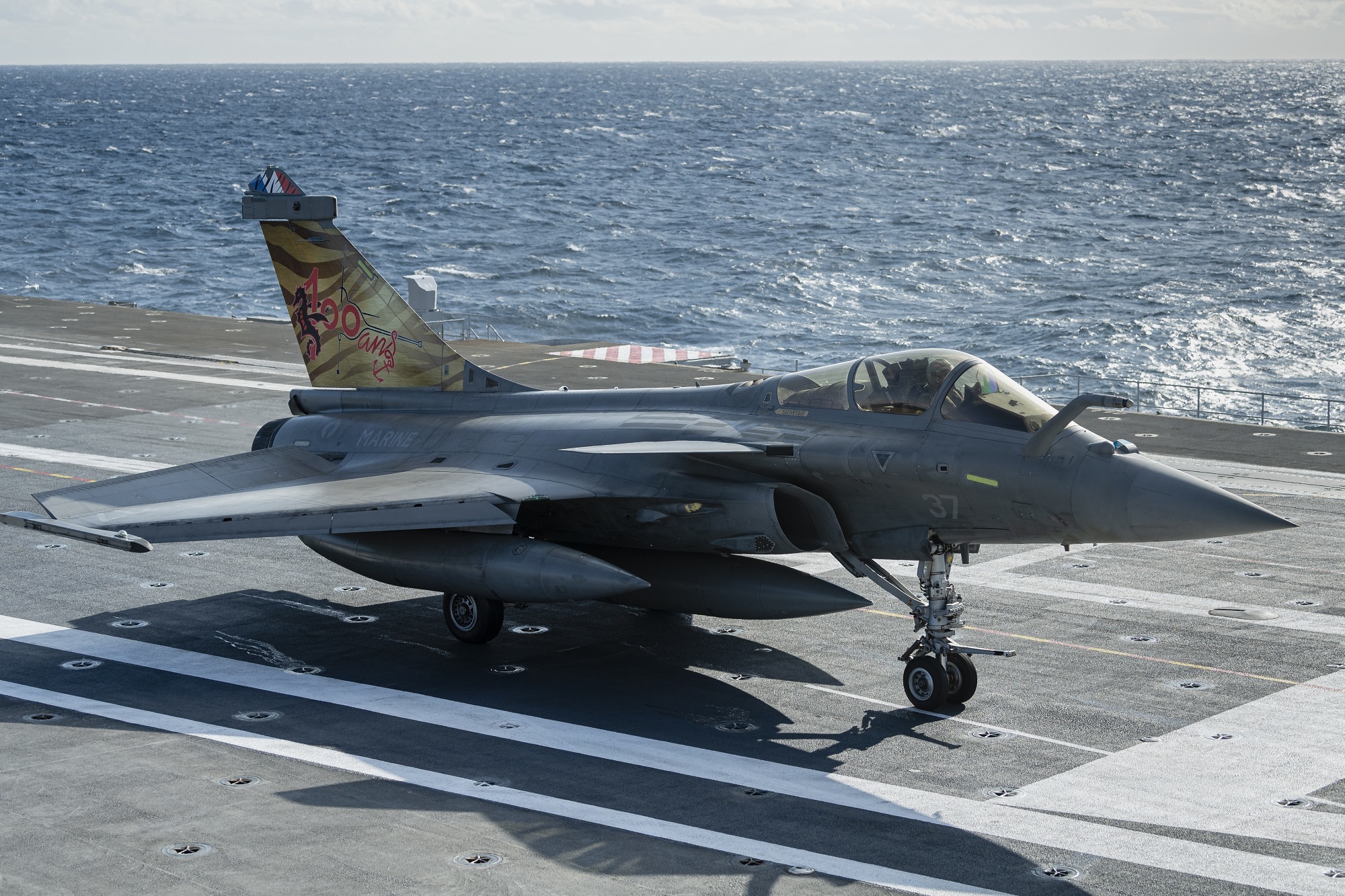
In terms of current technology, where does the Rafale stand? To make a comparison, is it equivalent to a Formula One car?
Yes, it is equivalent to a Formula One car. This is what the aviation world does best. It has a lot of constraints to overcome; it’s about accelerating faster, decelerating faster. The sector truly is a hub of advanced technology. It is a marriage of electronic and mechanical engineering. Everything has to be thought through, as there is no room for chance in this type of aircraft. An engineer has thought of everything.
Let’s talk about you, and about time… How does a pilot perceive time? You are on your own, surely you lose a sense of what is around you?
I am tempted to say that, for a fighter pilot, time is everything. Everything is connected to time. A fighter pilot’s briefing starts with the chronology. What time we start, what time we finish, what time we take off… It is crucial. What time we choose to fire a weapon. And for us naval pilots, what time we land on the aircraft carrier. Why is this last time – known by us as the “Charlie” – so important? It is one minute: every pilot has their own precise minute to return to the ship. The aircraft carrier is not always ready to receive its aircraft. It needs to turn into the wind, increase its speed and ensure it is stable at this precise time. If we are ahead of time, the aircraft carrier will not be ready; if we are late, the aircraft carrier will lose time waiting for us, potentially leaving it vulnerable. This notion of time, as a pilot, is obviously linked to precision. What we are aiming for, as pilots, is to land within 3 seconds of our allotted time. This is our daily challenge, to be as close as possible to this window.
Does this mean that when you get into your aircraft, you need to synchronise with the clocks and instruments on the aircraft carrier or base?
Yes. Before taking off, when we are in the briefing room, there is a digital display showing the aircraft carrier time. This is a reference time which is actually the GPS time. We set our watches from it, we synchronise with it, and that is the master time. The first thing I do when I get into the aircraft is to synchronise the cockpit chronometer with my watch. Today, of course, we have system times in the GPS, but we keep this mechanical time – which is something specific to the navy – because it is analogue. We can see time passing.
Does this mean that you fly with two mechanical time measurement instruments? Why mechanical?
Because it won’t break down. It is always present, and the time can be read without effort. We SEE the time. We don’t need to READ the time. We see the passage of time, we see that seconds hand move forward, and that helps us to anticipate. It is an intuitive display: we see the hands, the minutes moving forward. We know that we only have so many minutes before we have to land, and we know where we should be at that point in time.
And is there not a romantic or nostalgic side to this?
Of course, yes; I love beautiful things – I would not be a Rafale pilot otherwise! And that is why I love these watches. It is not necessarily the complexity that I love, rather their intrinsic beauty.
How did this happen? I wouldn’t say you are a watch collector, but you are certainly an enthusiast.
I’m getting there! With the constraints that you are subject to in an aircraft, you need a reliable watch, one that keeps its course, not one that will lose or gain time. Time is important, but an incorrect time is of no use at all. I already have a watch that I use for its primary function and its reliability. It is a cockpit instrument. Pilots wear watches. It is nice to have a beautiful piece, after all. I wear a watch which has meaning to me because it is also beautiful. A watch can mean so much. It is a technical instrument, but also an object of beauty, a piece of jewellery. It is also a symbol of belonging.
An extension of yourself?
Exactly. A symbol of belonging. I know that my name is engraved on the back of this (showing his wrist and his IWC Aéronavale). I don’t see it, but I know it is there.
What is this watch? It’s quite a special IWC.
It is a naval aviation watch. It is my personal watch, that I wear because it is in French naval aviation colours. It connects me to who I am, to my passion, and it is exclusive, it is mine. When I look at it, it is ultimately a reflection of who I am.
Do other pilots wear this watch?
Yes, it is worn throughout naval aviation. It is not just fighter pilots, but also helicopter pilots, carrier-based aircraft pilots… There are 30 pilots in this “club”. It is a watch IWC created expressly for us, at our request. Out of friendship and a shared passion. IWC agreed to do this, and we are proud of it. Truly, truly proud.
You were part of an IWC test program for the Big Pilot Shock Absorber. For you, a fighter pilot, what about it made sense to you?
I was immediately attracted by the enormous resilience of the watch. It resonated immediately. We speak more about a shock absorber than a load absorber, however, this is a watch that can absorb thousands of G, whereas I myself can only absorb 9. I was curious to see how it would behave faced with these constraints. It is a Big Pilot after all. Its technology is advanced, and it reminds me of my Rafale. There is a very clear link here.
What did the test program consist of?
It was not a set process. I took it on a flight in a Rafale. I opened a flight log, which a pilot uses to make a manual record of all the flights he or she has made, and everything that happened during each flight. For example, in my log, I would write “on this day, we took a flight in aircraft number such-and-such, we did such-and-such a mission, and it took X amount of time”. Today, I flew almost fifteen hours in the Rafale with the Big Pilot Shock Absorber. I completed some missions with a high load factor, at speeds of Mach 1.6… I put it in some difficult situations and took the aircraft to the limits of what it is capable of, to see how it would behave. All in all, there should not be any doubts as to the resilience it can offer.
Was there any source of magnetism in your cockpit?
A little, but we try to keep this to a minimum. However, we do get a lot of electromagnetic waves, but this is not magnetism in the strict sense. We are subject to radar waves, and we also receive electromagnetic waves from the sky too. But these are minute. It is not enough to adversely affect a watch. We have a computer, after all, and computers don’t work well with magnetism.
What is your feedback today with this watch?
It is nice as, despite its size, it is light. When you are subject to 9 G of pressure, every gram counts. It is easy to read. The strap is nice. It is very practical and pleasant to wear. It is a pilot’s watch that would be an asset in the world of fighter planes.
Has your watch ever really been of great service on a mission? Have you ever said to yourself “If I didn’t have my watch with me today, my mission may have failed”?
In my previous aircraft, a Super Etendard, there was a situation where the navigation unit which displays the GPS time was jammed. I could no longer access the digital time or the navigation data. I had my cockpit timepiece, a real mechanical watch which is wound with a spring, and my own watch on my wrist. Having my own watch was important because this allowed me to cross-check my cockpit chronometer, and recalibrate it. Without that, my cockpit chronometer would tend to have drifted, which is normal after 6 hours of flying. With my watch, I was able to recalibrate it. It was important as I was refuelling mid-air, and had to meet another aircraft at a specific point, at a specific time. I needed to arrive at the given time, or I would not be ready to meet them. Absolute precision is crucial.
For more details, please visit iwc.com.

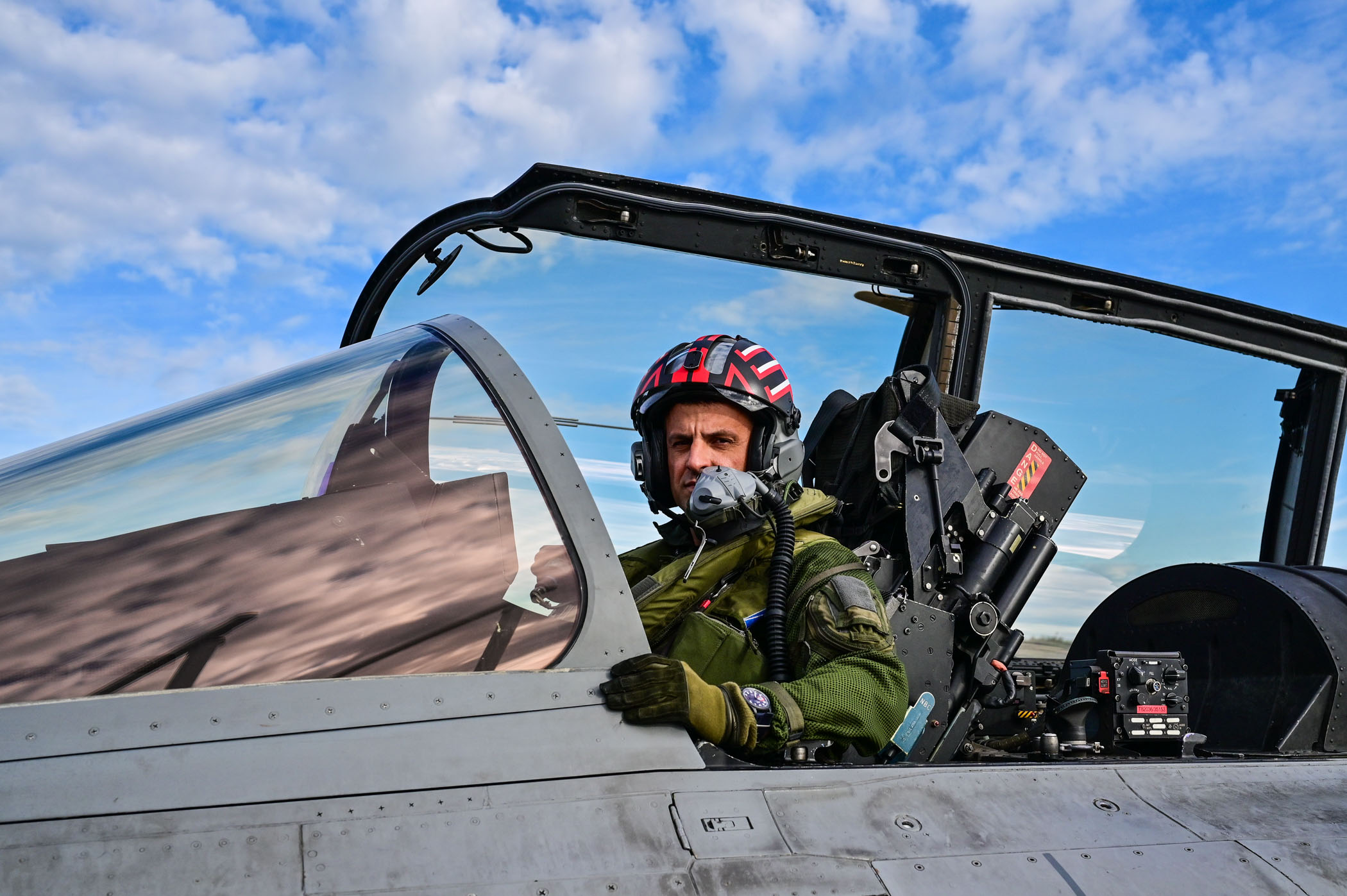
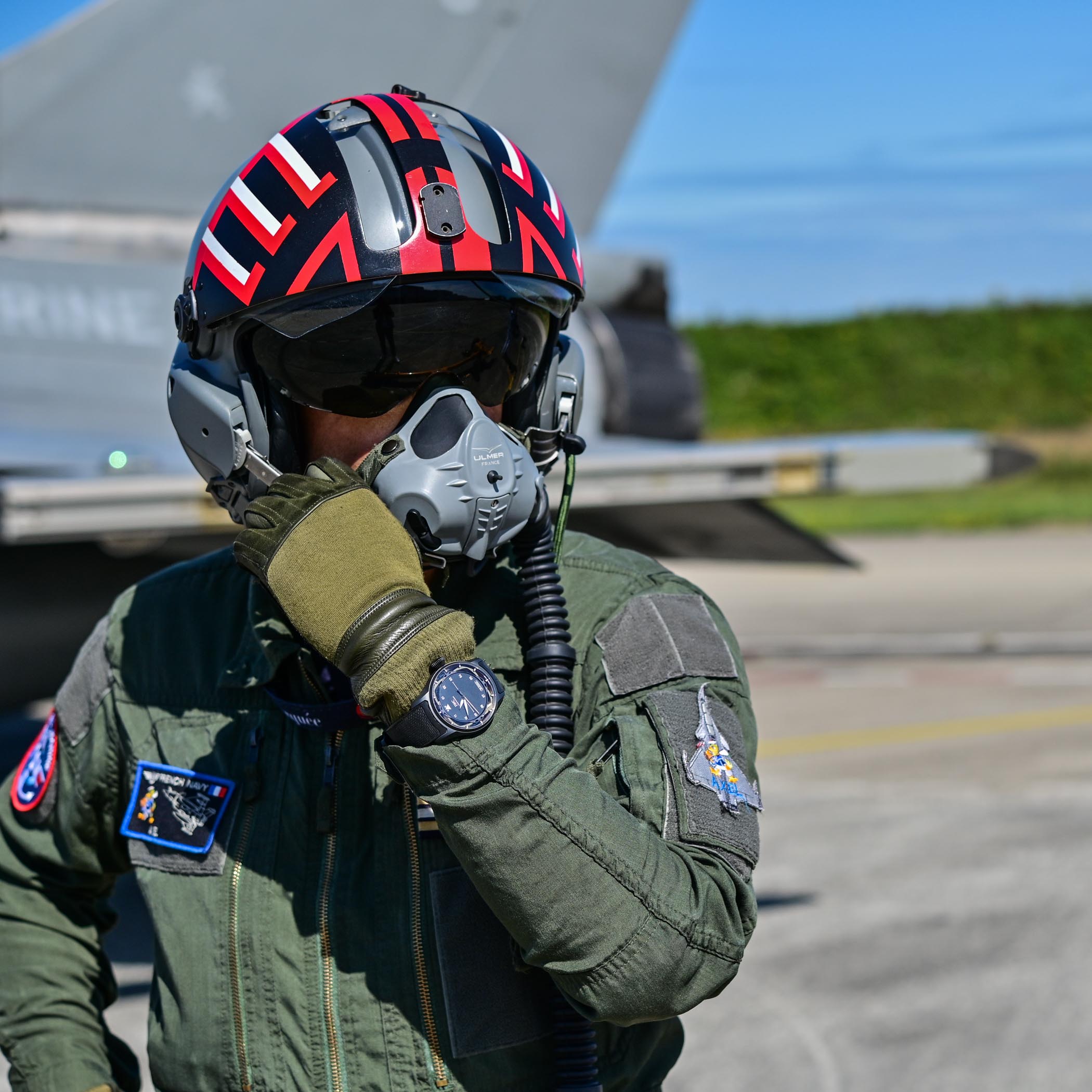
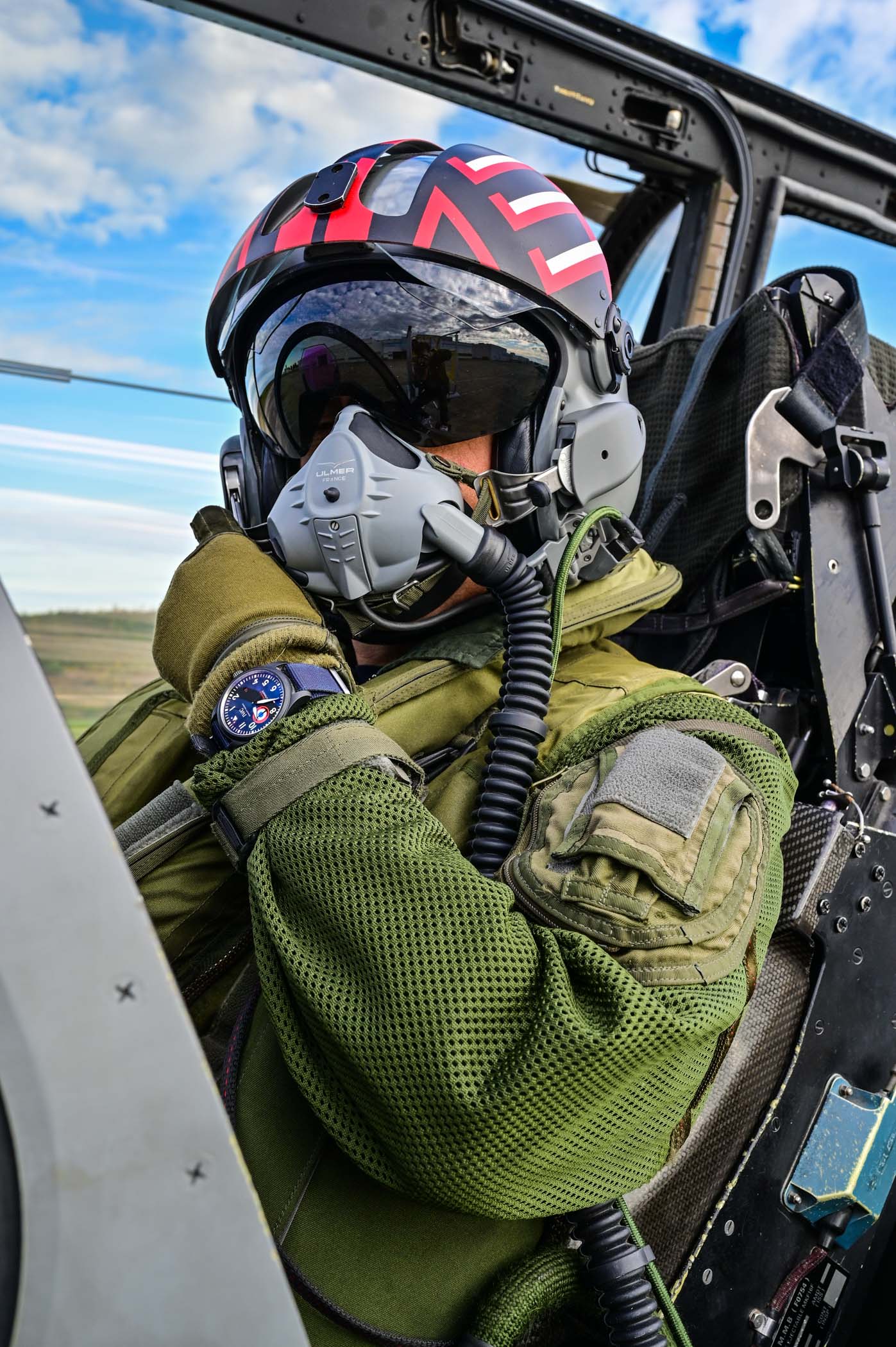

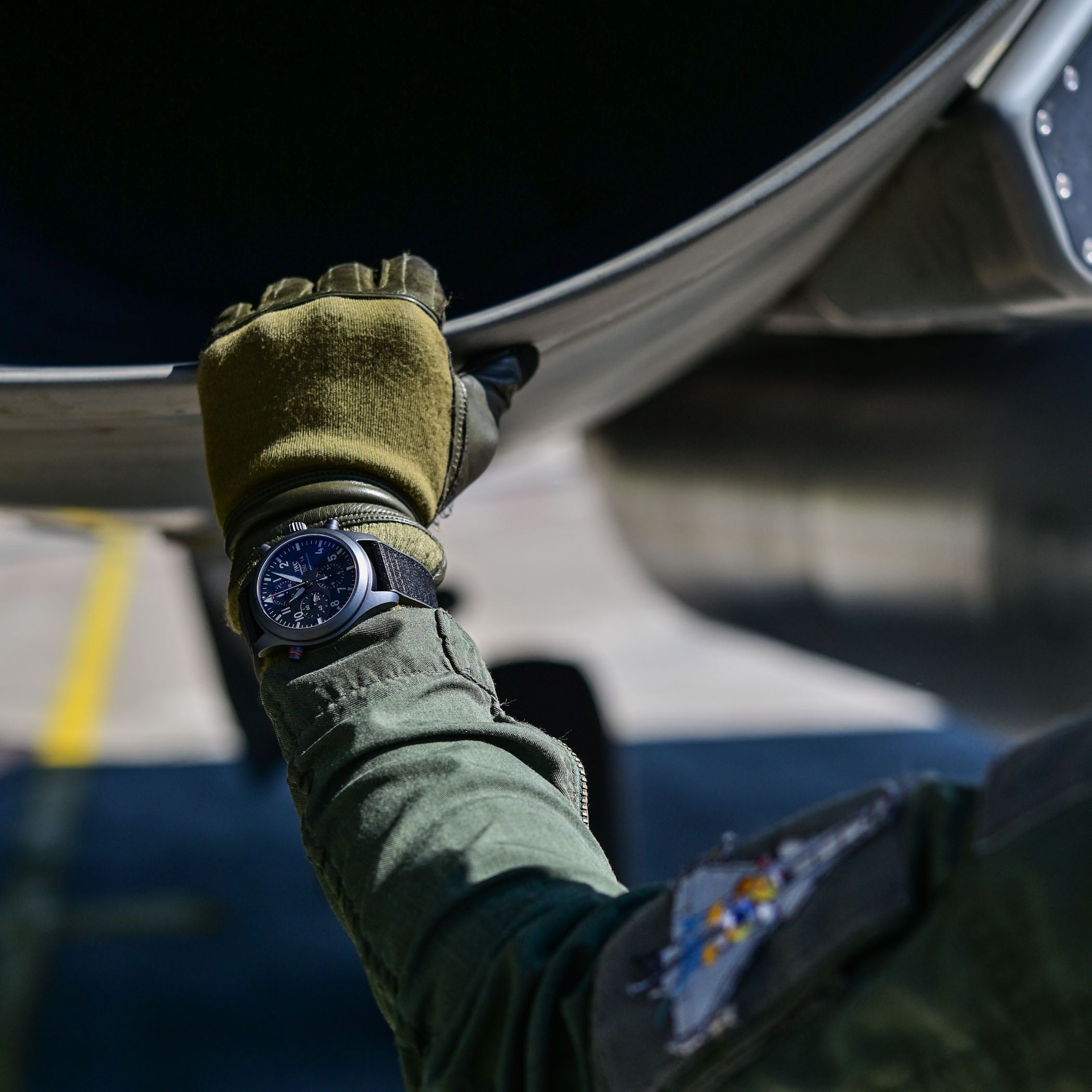
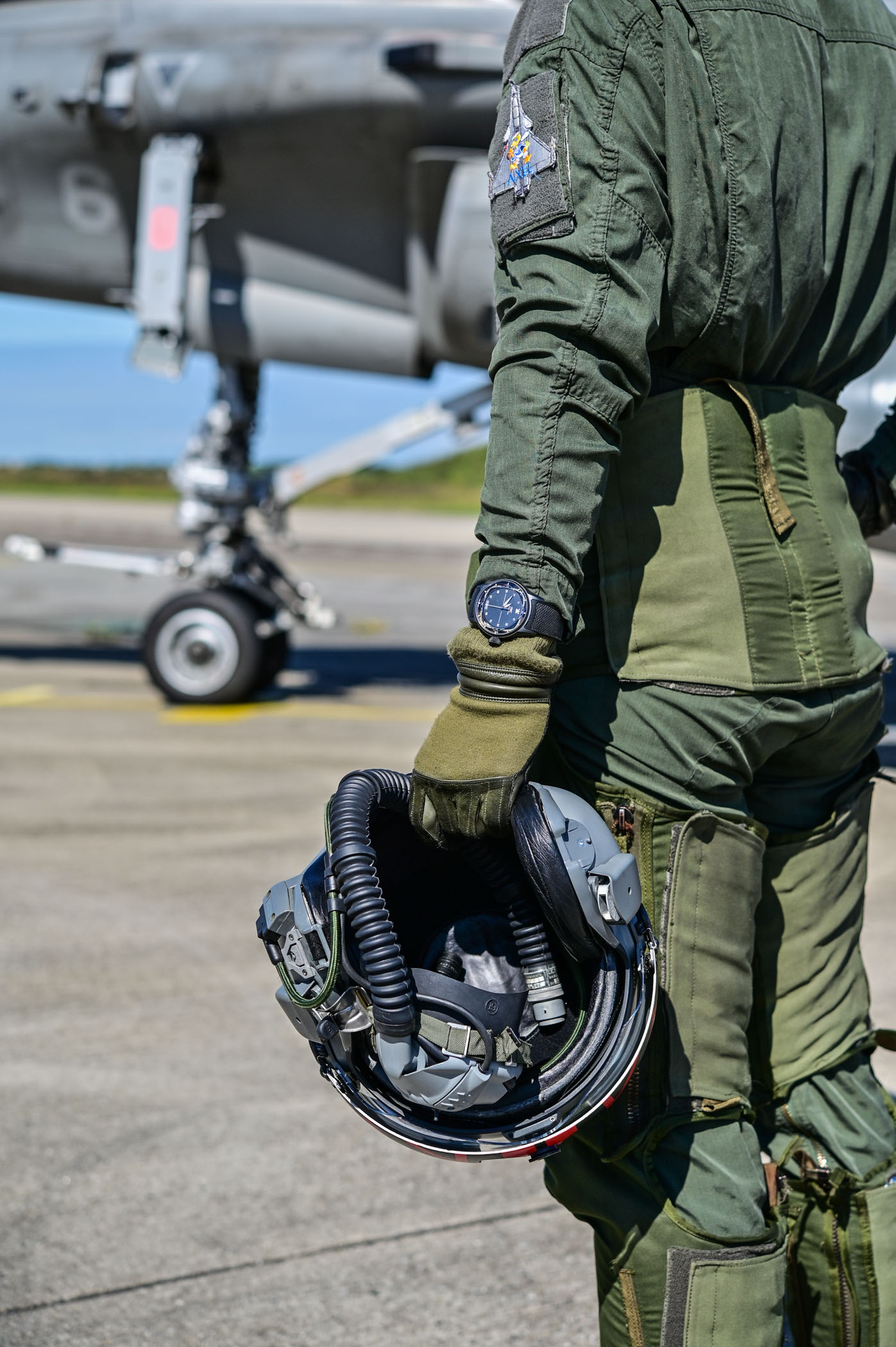
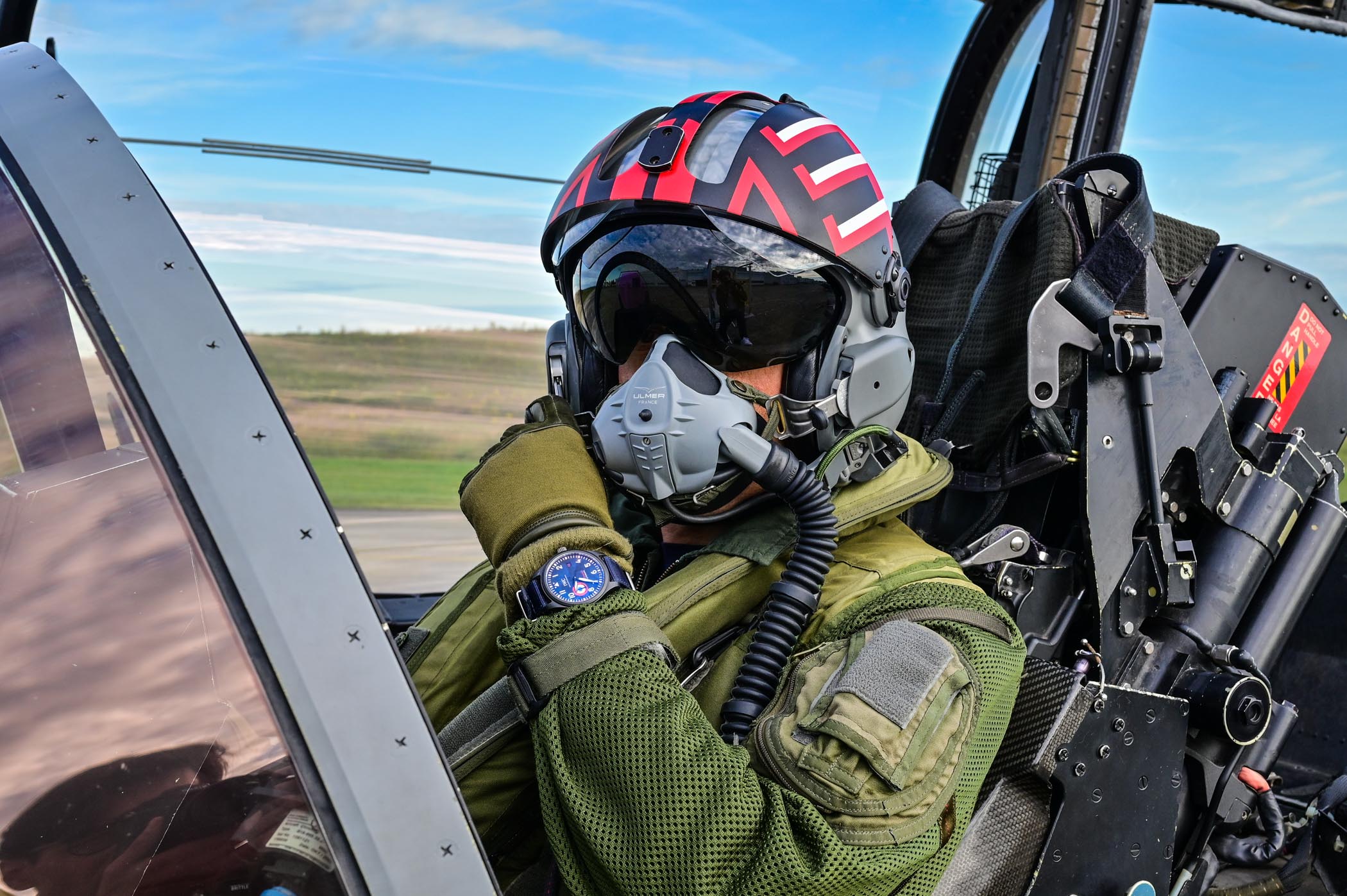


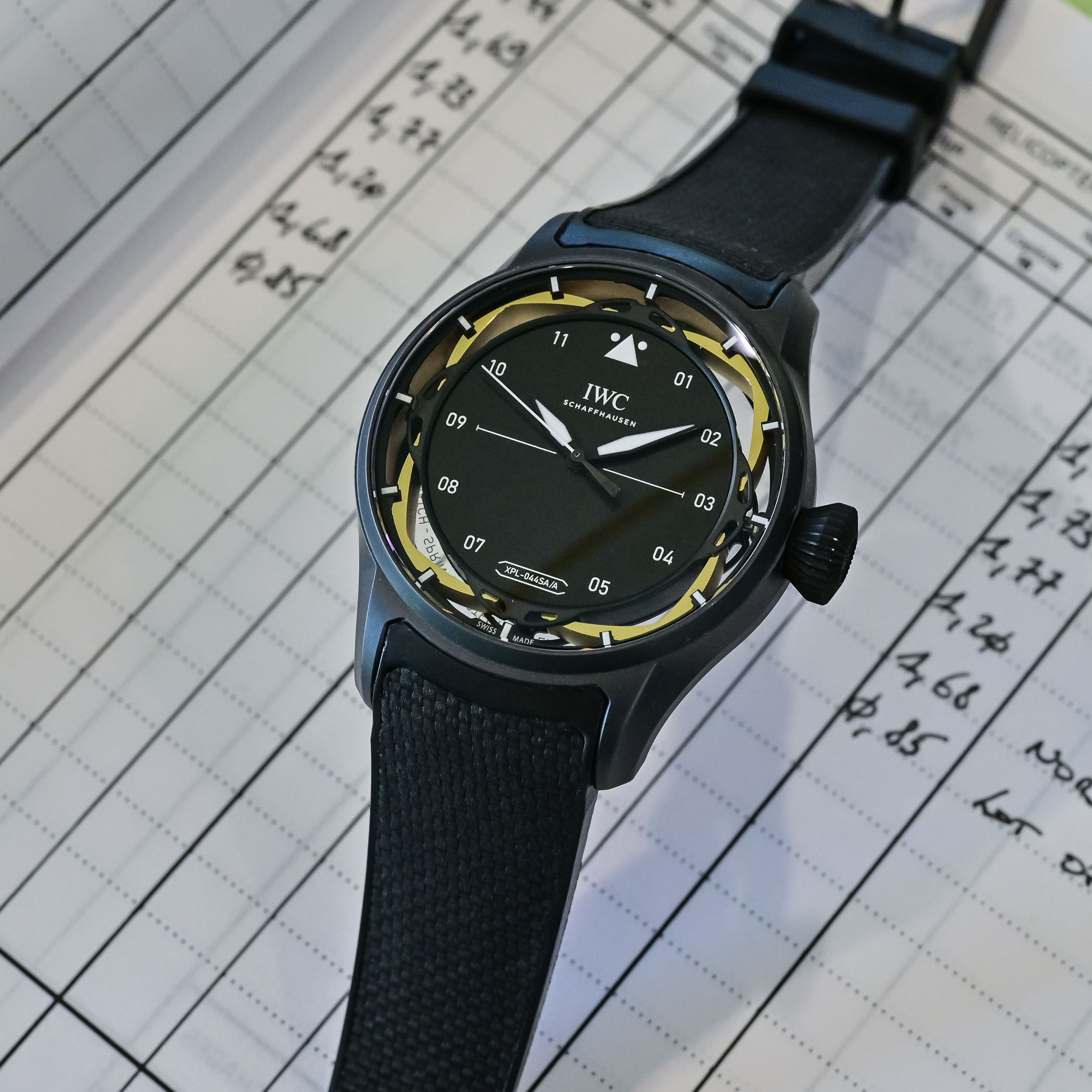
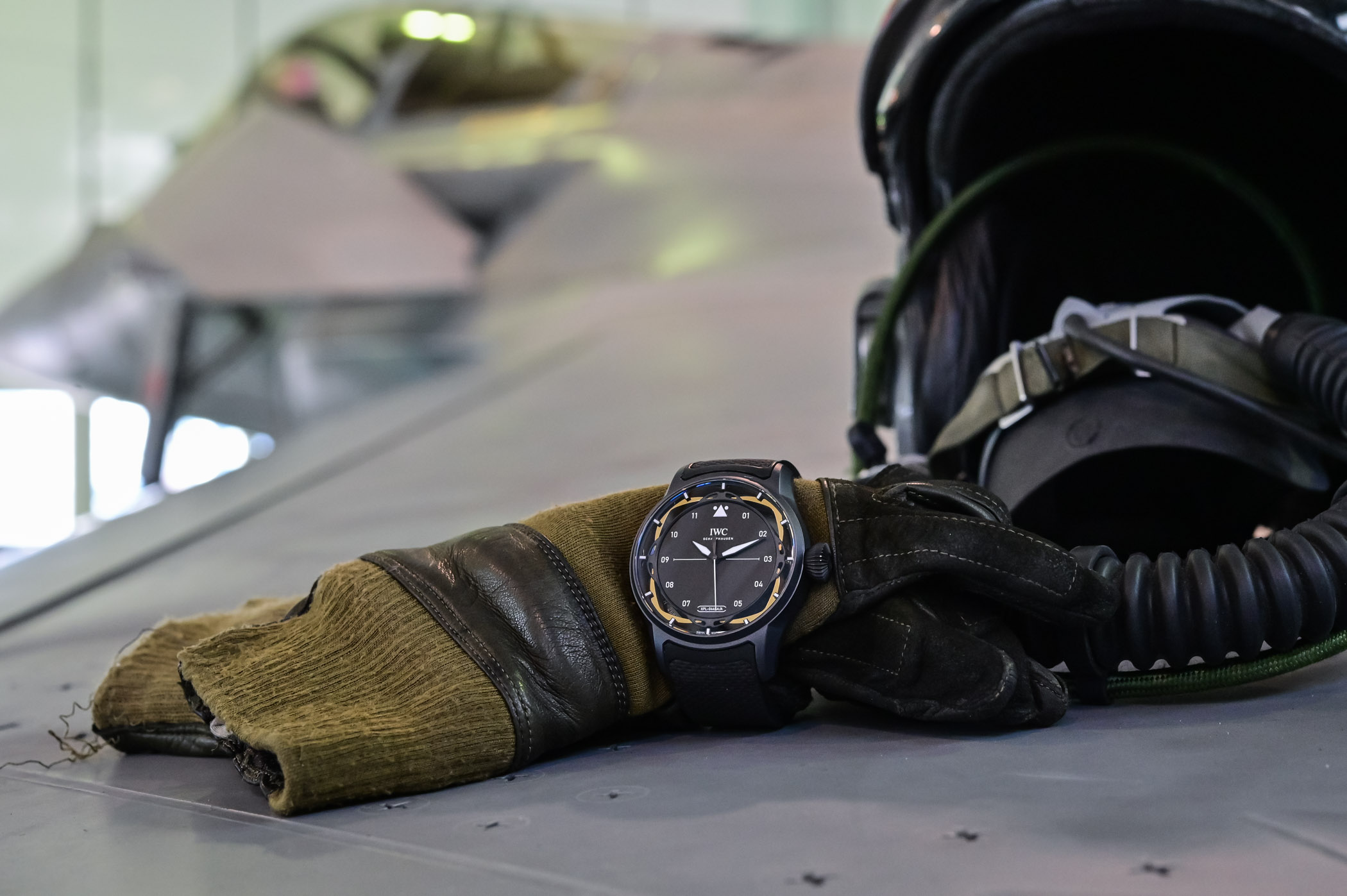
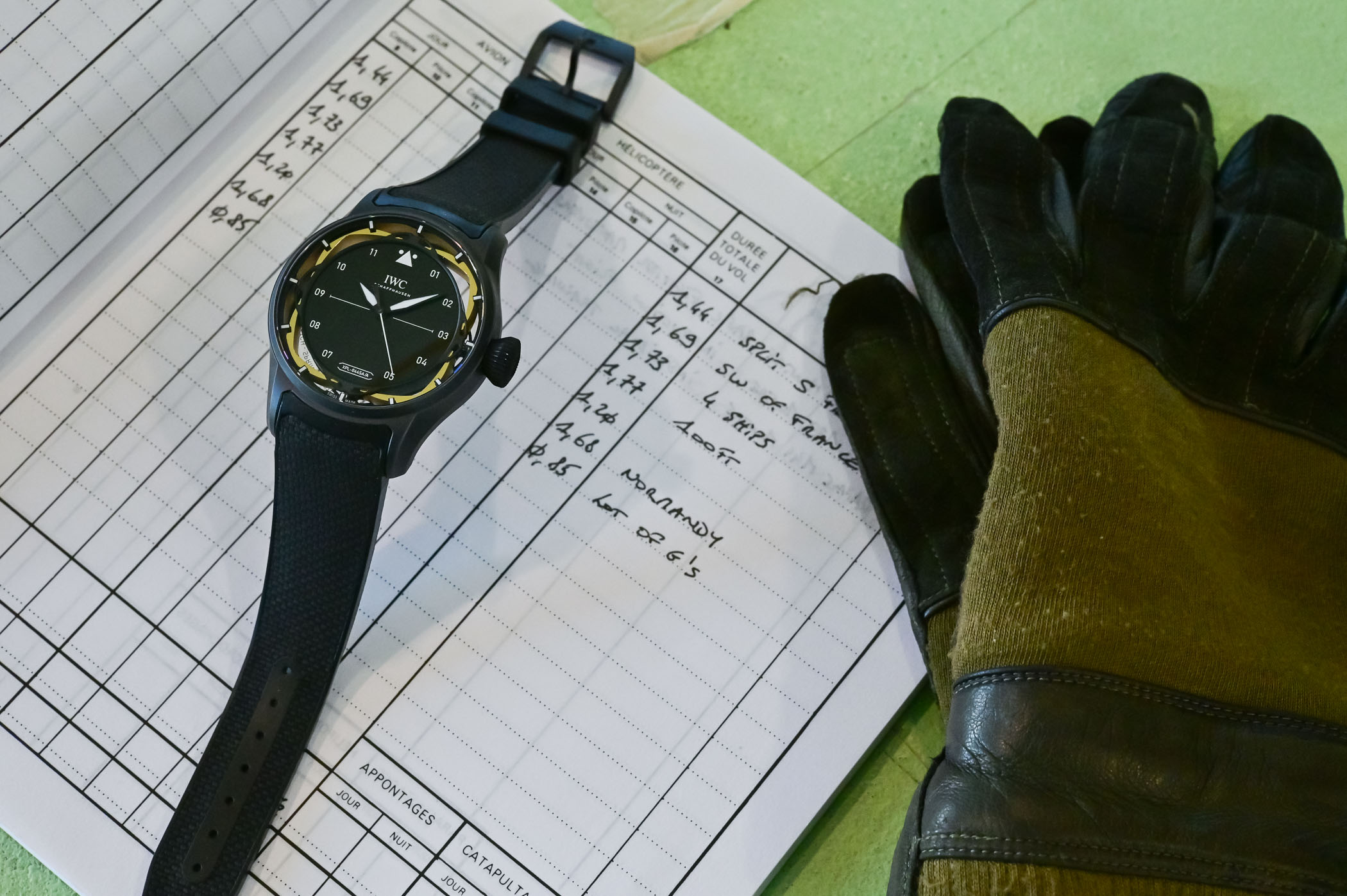
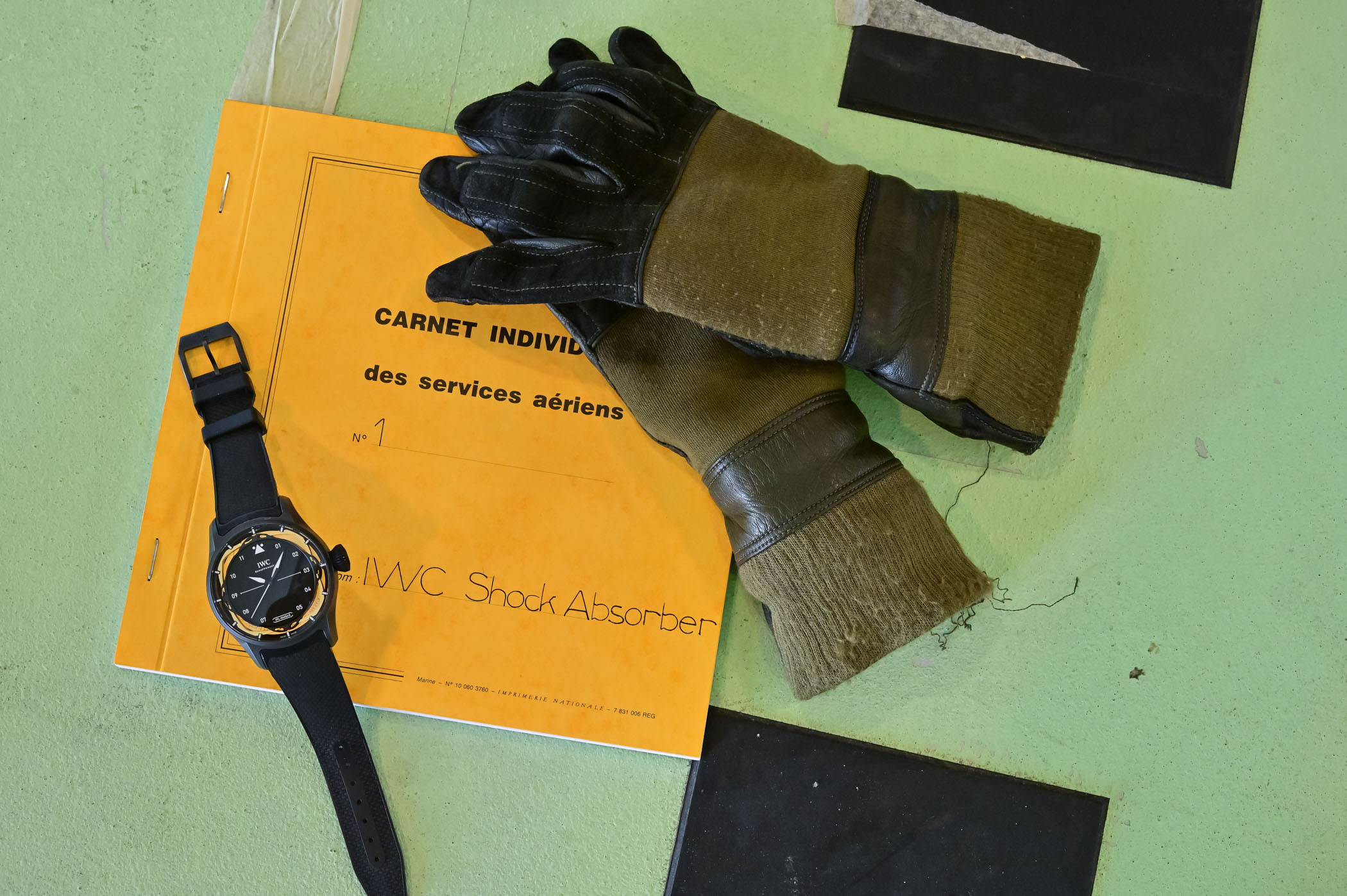



1 response
Nice iwc promo. Dont forget the true french pilot watch. The one that was made for the ministry of defence for real. The zenith rainbow flyback